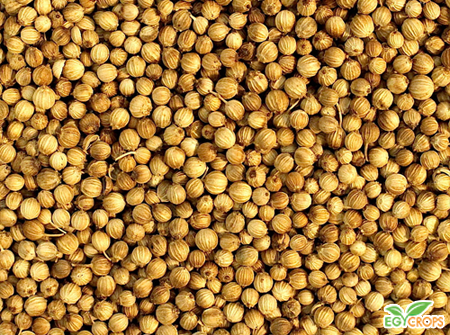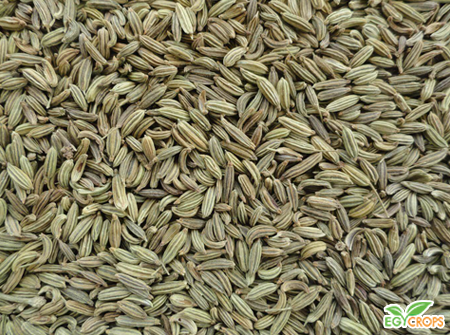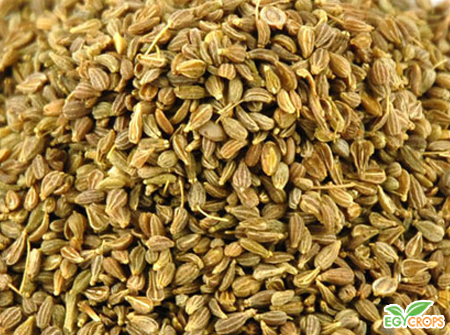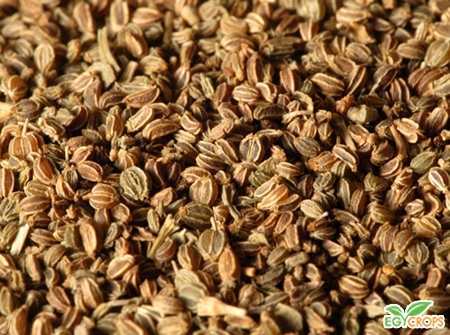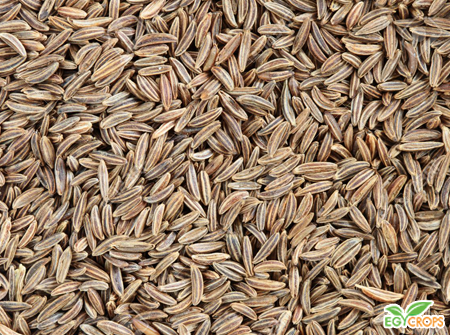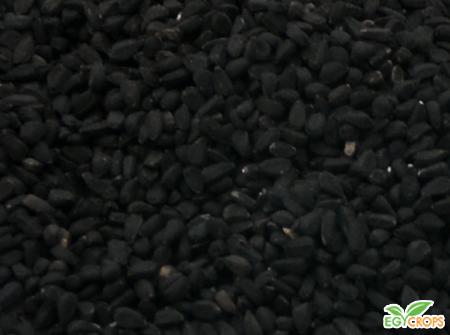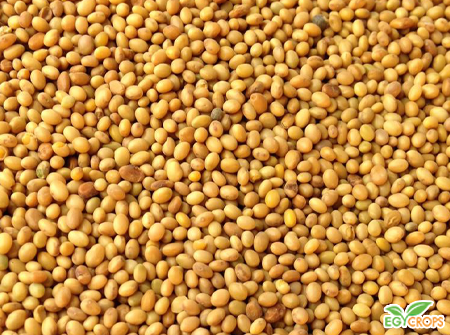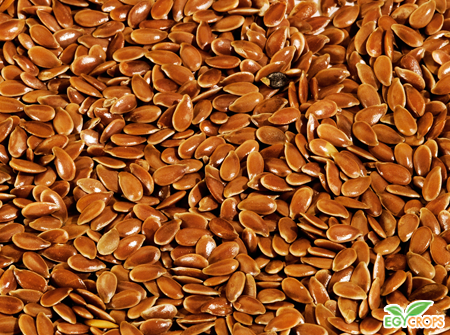Seeds
-
[x] Close
CORIANDER
/CORIANDRUM SATIVUM/
Also known as cilantro or Chinese parsley, is an annual herb in the family Apiaceae. All parts of the plant are edible, but the fresh leaves and the dried seeds are the parts most traditionally used in cooking. It is said to have originated from South Europe, North Africa and West Asia. Coriander was also one of the numerous plants cultivated in the Hanging Gardens of Babylon. It was well known and regularly consumed in Ancient Egypt and Greece, and is still among the most popular flavour boosters used in preparing various dishes across the globe.
H.S. Code: 09109990
-
[x] Close
FENUGREEK
/TRIGONELLA FOENUM GRAECUM/
Fenugreek is an herb similar to clover that is native to the Mediterranean region, southern Europe, and western Asia. The seeds are used in cooking, to make medicine, or to hide the taste of other medicine. Fenugreek seeds smell and taste somewhat like maple syrup. Fenugreek leaves are eaten in India as a vegetable.
H.S. Code: 09109924
-
[x] Close
FENNEL
/FOENICULUM VULGARE/
Fennel is widely cultivated, both in its native range and elsewhere, for its edible, strongly flavoured leaves and fruits. Its aniseed flavour comes from anethole, an aromatic compound also found in anise and star anise, and its taste and aroma are similar to theirs, though usually not as strong. Fennel is a perennial herb belonging to the parsley (Umbelliferae) family; a broad family of herbs and spices which also includes some of other common members such as caraway, dill, anise, cumin…etc.
H.S. Code: 09096139
-
[x] Close
ANISE SEEDS
/PIMPINELLA ANISUM/
Aniseed is a flowering plant in the family Apiaceae native to the eastern Mediterranean region and Southwest Asia. Its flavour has similarities with some other spices, such as star anise, fennel, and liquorice. Anise was first cultivated in Egypt and the Middle East, but was brought to Europe for its medicinal value. Anise is sweet and very aromatic, distinguished by its characteristic flavour. The seeds, whole or ground, are used for preparation of tea (alone or in combination with other aromatic herbs)
H.S. Code: 090910
-
[x] Close
CELERY
/APIUM GRAVEOLENS/
Celery, a marshland plant variety in the family Apiaceae, has been cultivated as a vegetable since antiquity. Celery has a long hairy stalk. Depending on location and cultivar, either its stalks, leaves, or hypocotyl are eaten and used in cooking.
Celery seed is also used as a spice; its extracts are used in medicines.In temperate countries, celery is also grown for its seeds. Actually very small fruit, these "seeds" yield a valuable volatile oil used in the perfume and pharmaceutical industries. They contain an organic compound called apiole. Celery seeds can be used as flavouring or spice, either as whole seeds or ground.H.S. Code: 15159090
-
[x] Close
CARAWAY
/CARUM CARVI/
Caraway, also known as Persian cumin, is a biennial plant in the family Apiaceae, native to western Asia, Europe, and North Africa. The plant is similar in appearance to other members of the carrot family, with finely divided, feathery leaves with thread-like divisions, growing on 20–30 cm (7.9– 11.8 in) stems. The plant prefers warm, sunny locations and well-drained soil rich in organic matter. In warmer regions, it is planted in the winter as an annual. In temperate climates, it is planted as a summer annual or biennial.
H.S. Code: 09096230
-
[x] Close
CUMIN
/CUMINUM CYMINUM/
Cumin is a flowering plant in the family Apiaceae, native from the east Mediterranean to Pakistan/India. Cumin has been in use since ancient times. Seeds excavated at the Syrian site Tell ed-Der have been dated to the second millennium BC. They have also been reported from several New Kingdom levels of ancient Egyptian archaeological sites. In the ancient Egyptian civilization, cumin was used as spice and as preservative in mummification.
H.S. Code: 09093129
-
[x] Close
BLACK CUMIN SEEDS
/NIGELLA SATIVA/
Black cumin is an annual flowering plant in the family Ranunculaceae, native to south and southwest Asia. According to Zohary and Hopf, archaeological evidence about the earliest cultivation of N. sativa "is still scanty", but they report supposed N. sativa seeds have been found in several sites from ancient Egypt, including Tutankhamun's tomb. Although its exact role in Egyptian culture is unknown, it is known that items entombed with a pharaoh were carefully selected to assist him in the afterlife.
H.S. Code: 09093119
-
[x] Close
CLOVER SEEDS
/TRIFOLIUM PRATENSE/
Red Clover is one of the world's first agricultural crops. Since the 1800s red clover has been promoted as a potential treatment for cancer. Recent research by the National Cancer Institute found that red clover contains four phytoestrogens: biochanin-A, formononetin, daidzein, and genistein. Daidzein and genistein actually help prevent the growth of cancerous tumors.
H.S. Code: 12092200
-
[x] Close
SESAME SEEDS
/SESAMUM INDICUM/
Sesame is a flowering plant in the genus Sesamum, also called benne.[2] Numerous wild relatives occur in Africa and a smaller number in India. Sesame seeds add a nutty taste and a delicate, almost invisible, crunch to many Asian dishes. They are also the main ingredients in tahini (sesame seed paste) and the wonderful Middle Eastern sweet call halvah. They are available throughout the year. Sesame seeds may be the oldest condiment known to man. They are highly valued for their oil which is exceptionally resistant to rancidity.
H.S. Code: 09093119
-
[x] Close
FLAXSEEDS
/LINUM USITATISSIMUM/
Flax It is a food and fibre crop cultivated in cooler regions of the world. The textiles made from flax are known in the Western countries as linen, and traditionally used for bed sheets, underclothes, and table linen. It was extensively cultivated in ancient Egypt, where the temple walls had paintings of flowering flax, and mummies were entombed in linen. Egyptian priests only wore linen, as flax was considered a symbol of purity. Phoenicians traded Egyptian linen throughout the Mediterranean, and the Romans used it for their sails. In a 100 gram serving, flaxseed contains high levels (> 19% of the Daily Value, DV) of protein, dietary fiber, several B vitamins, and dietary minerals. Flaxseeds are especially rich in thiamine, magnesium, and phosphorus (DVs above 90%). As a percentage of total fat, flaxseeds contain 54% omega-3 fatty acids (mostly ALA), 18% omega-9 fatty acids (oleic acid), and 6% omega-6 fatty acids (linoleic acid); the seeds contain 9% saturated fat, including 5% as palmitic acid. Flaxseed oil contains 53% 18:3 omega-3 fatty acids (mostly ALA) and 13% 18:2 omega-6 fatty acids
H.S. Code: 12074090

